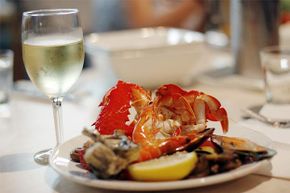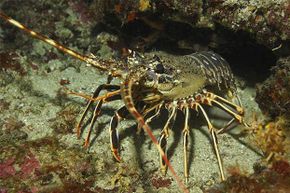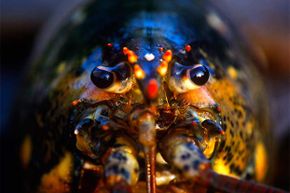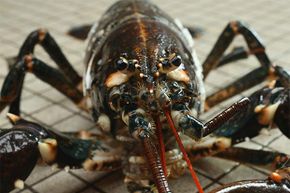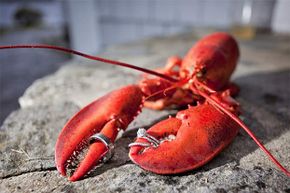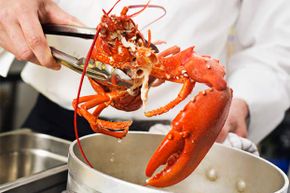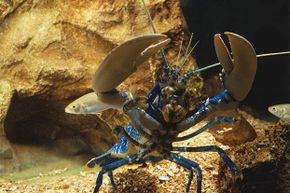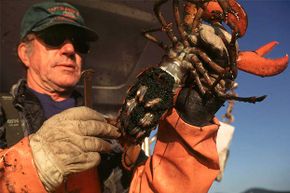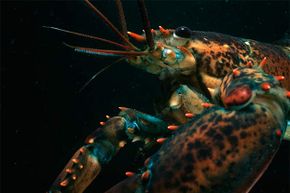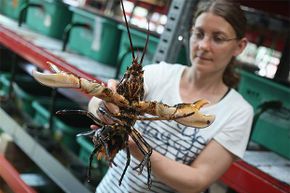Lobsters are pretty strange animals. For starters they have no vocal chords, possess two stomachs, and have been known to eat each other.
But you don't think about all that when a big red one lands on your dinner plate. There's nothing like extracting large pieces of lobster meat from the shell, swirling them in warm drawn butter, adding a squeeze of lemon, and savoring each sweet, delicious bite.
Advertisement
While lobster is usually considered a gourmet entrée, right up there with filet mignon, that wasn't always the case. Lobsters were once so plentiful in New England that they could easily be caught right at the shore and were eaten mainly by poor people and prisoners.
Let's look at this and nine other strange facts about lobsters. (For the purposes of this article, we're mostly focusing on the American or Maine lobster). Read on to find out how familiarity bred contempt.
